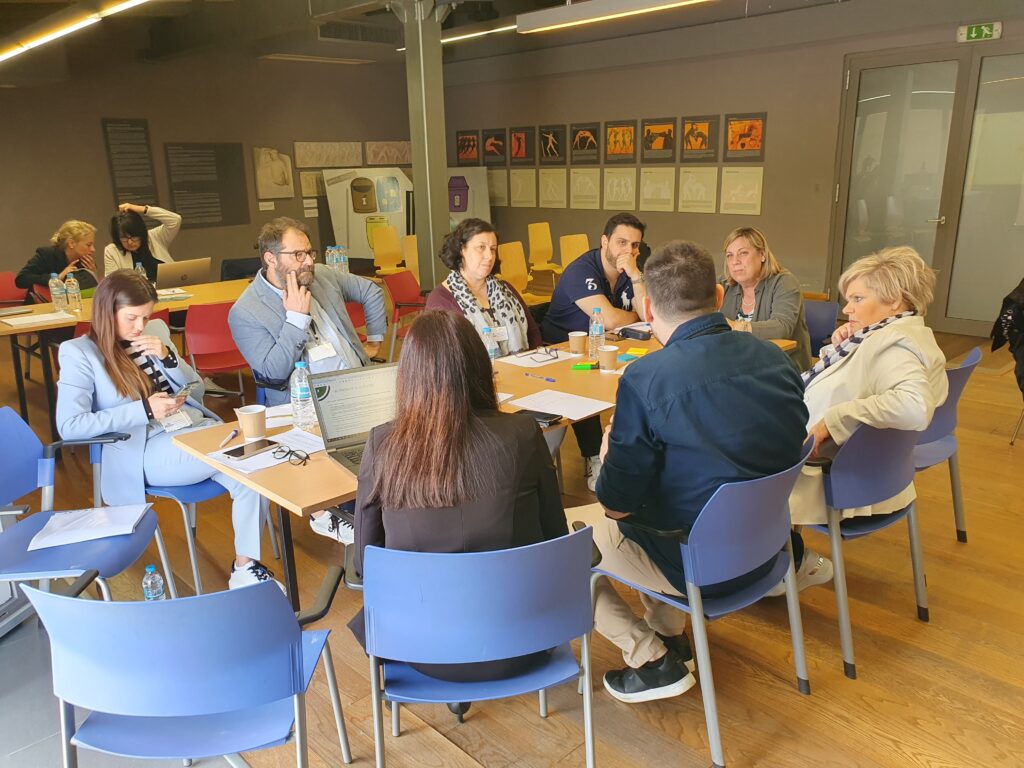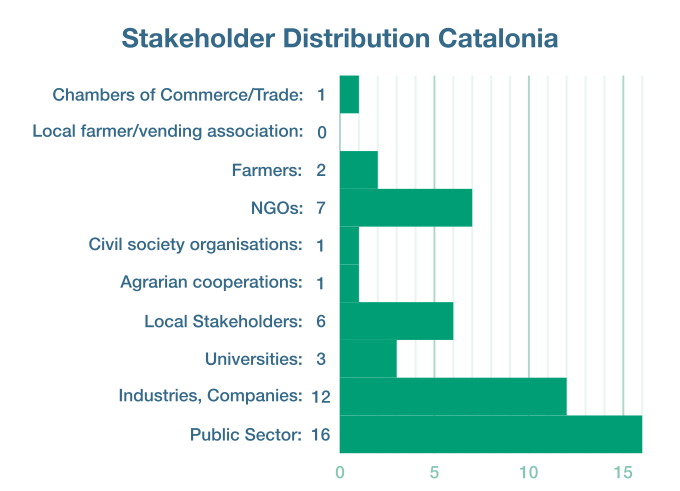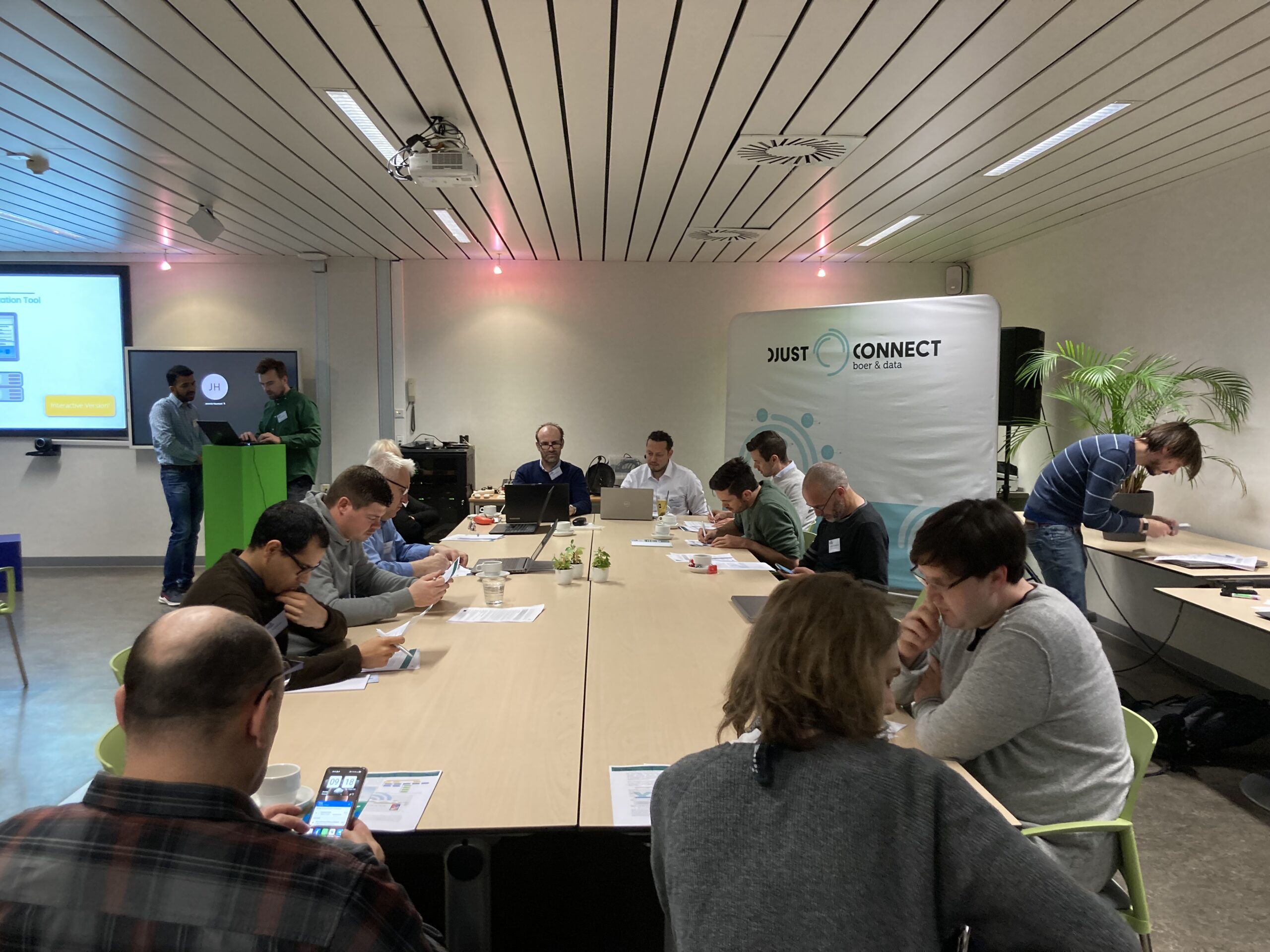Innovation thrives when people with different backgrounds and experiences work together. In the XGain project, bringing in groups from business, government, universities, community organizations, and local people helped everyone share ideas, work as a team, and create better solutions that make a real difference.
Why Stakeholder Involvement Matters
Legitimacy and Social Acceptance. Bringing together a wide range of stakeholders creates legitimacy for innovation efforts. In XGain, the move from the traditional Triple Helix model (public sector, academia, private sector) to the Quadruple Helix model (which adds civil society, such as NGOs) ensured that solutions were not only technically sound but also socially accepted and accountable to the communities they aimed to serve.
Broader Knowledge Base and Creativity. Stakeholders from different backgrounds contribute unique insights and expertise, expanding the knowledge base and sparking creative problem-solving. In XGain, this meant that farmers, local authorities, NGOs, and technology providers all contributed to defining problems and co-creating solutions, resulting in innovations that were both practical and forward-thinking.
Enhanced Implementation and Adoption. Engaging stakeholders early and throughout the process smooths the path for implementation and adoption. When people feel heard and see their input reflected in outcomes, they are more likely to support and champion new solutions. XGain’s participatory approach, including pop-up co-creation labs and living labs, fostered trust and built lasting partnerships.
Risk Mitigation and Sustainability. Stakeholder engagement helps identify potential risks and obstacles early, allowing for proactive management and increasing the sustainability of innovations. XGain’s iterative workshops and feedback loops ensured that concerns-technical, social, ecological, or economic-were addressed collaboratively.
The XGain Approach: Methods and Best Practices
Stakeholder Mapping
XGain’s process began with comprehensive stakeholder mapping, involving over 80 stakeholders per field (farming, forestry, care). This mapping:
- Identified roles, responsibilities, and expected engagement levels
- Clarified links to XGain’s objectives and solutions
- Surfaced needs and challenges relevant to the Knowledge Facilitation Tool (KFT)
- Included a wide range of actors, from end-users to public authorities, NGOs, and industry

Co-Creation and Participatory Methods
XGain implemented “Pop-up co-creation labs”-intensive workshops designed to generate concrete results in a focused, time-efficient manner. These labs:
- Used adaptable formats (on-site and online) to maximize accessibility
- Employed the World Café method to facilitate small-group discussions on stakeholder mapping, needs analysis, and solution prototyping
- Encouraged mutual learning, trust-building, and inclusion of marginalized groups
- Supported both local context adaptation and trans-regional knowledge exchange
Knowledge transfer and social learning are core mechanism of the XGain transition. During the internal co-creation process, members of consortium reflected different possibilities how to enrol further mutual learning with identified stakeholders. To better synchronise XGain activities and to build a robust platform with stakeholder and partnerships for and beyond project, the format of Learning and
Action Alliances (LAAs) was considered. In the context of the project named the XGain Knowledge Alliance, the format allows a mechanism through which stakeholders can address complex or “wicked” problems. It provides an open and transparent environment and stakeholders are enabled to harbour conflicting viewpoints and negotiate visions through social learning. In XGain, the approach is assumed to balance stakeholder needs and to support co-ownership of the XGain solutions such as the KFT. Likewise the glossary, the XGain Knowledge Alliance is an outcome of the open-ended co-creation process and was suggested to support mutual learning, dissemination, knowledge transfer and exploitation activities (such as webinars).
The innovation process was highly iterative, starting with bilateral interviews, followed by internal and external workshops, and supplemented by surveys for continuous feedback. This ensured that stakeholder input was continuously integrated into solution development and refinement.

Living Lab Approach
XGain’s Living Lab methodology enabled real-world observation of user behavior and needs, ensuring that innovations were human-centric and adaptable to diverse local contexts. Through Living Labs, researchers/innovators can observe and understand user behaviour patterns, even those that are not immediately obvious. XGain aims to demonstrate the design in progress of the KFT and each application results in series of heterogeneous use cases in terms of location, connectivity needs, local needs, edge and connectivity, potential solutions and operational business models.
Key Outcomes and Strategic Value
- Co-Ownership and Accountability: Multi-stakeholder engagement led to shared responsibility for outcomes, increasing buy-in and long-term sustainability.
- Deeper Needs Assessment: Direct input from diverse groups provided a nuanced understanding of technical, social, and environmental needs.
- Regional Partnerships: The process fostered alliances that extended beyond the project, supporting broader knowledge exchange and scalability.
- Societal Impact: By considering the extended impacts on communities and local stakeholders, XGain’s approach ensured that innovations delivered real value beyond organizational boundaries.
Generally, most use cases (Catalonia, Dalmatia, Lithuania, Flanders, Central Macedonia and Isles of Scilly) were initially in need of refining their business models, and in particular, of finding acquisition and funding models for further edge technology-supported solutions. At the positive side, most use cases had already progressed in establishing a proven and relevant network of potential end users, as well as other stakeholders. This preliminary mapping, however, needed to be expanded for stakeholders in policymaking (again, across community, local and regional dimensions), relevant technology intermediaries, and innovation funding agencies. Important common challenges entailed access to remote areas, mobilising hard-to-reach stakeholders, particularly in the agricultural sector, identifying relevant partners in universities and policy-making and above all, ensuring their active participation in a project where the actual KFT development, usability experience and design depended on their engagement, prior to providing a proper foresight into it.
The XGain project demonstrates that involving a diverse array of stakeholders is not just beneficial but essential for successful, sustainable innovation. Through systematic mapping, inclusive co-creation, and iterative engagement, XGain’s approach resulted in solutions that are technically robust, socially accepted, and adaptable to real-world needs. This model offers valuable lessons for any organisation seeking to innovate in complex, multi-actor environments.

Funded by the European Union. Views and opinions expressed are however those of the author(s) only and do not necessarily reflect those of the European Union or the European Research Executive Agency (REA) (granting authority). Neither the European Union nor the granting authority can be held responsible for them.

